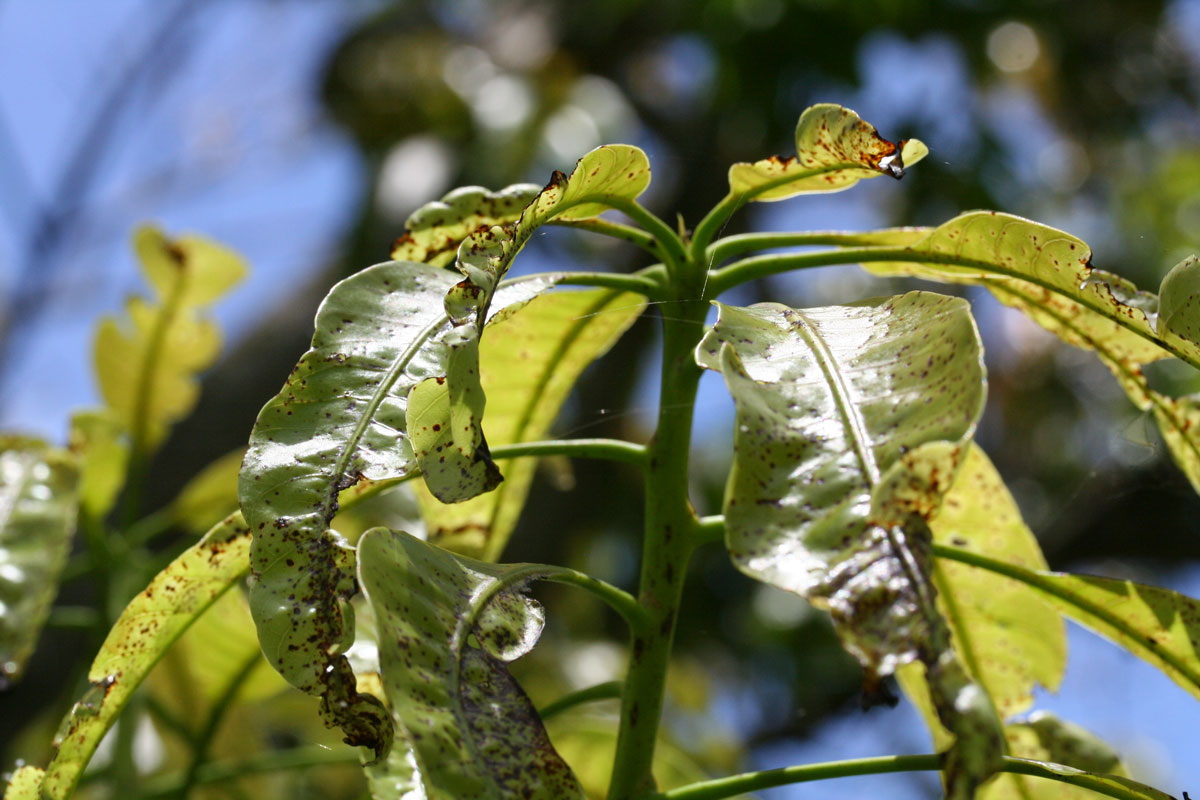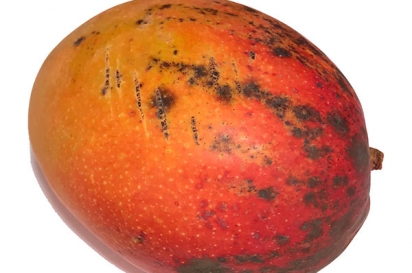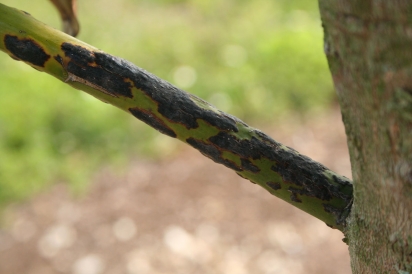The Mango and the Monsoon
For months I have watered the newly planted trees, those uprooted and reset after Hurricane Irma; the tomatoes, the garden and the countless orchids that cling to the trees throughout my home garden.
I have used the garden hose for weeks by dawn’s early light and waning rays of the afternoon. A daily ritual during the spring drought, watering is a biological necessity and an emotional crutch. It has become a routine. The mangos have bloomed and set fruit during the dry season, as well. Many of my other fruit trees have taken advantage of the environmental change to make their crop – free of the constant humidity and rains of the monsoon. Yet I feel anxious. A seed of dread sprouts and takes hold. The monsoon is coming. All will be lost. All will be lost.
Now, besides being a bit dramatic, I am a realist. I know the monsoon will come as it always has. June is our rainiest month on average and rarely misses the mark. The humidity rises, the clouds block the sun and my precious mangos suffer at the hands of all manners of bacteria and fungi. These are the facts and they are indisputable. And yet, I have taken all the precautions. I have scoured the earth for superior genetics against disease and uncertainty. I have pruned for size, shape and sanitation. I have harvested every fruit to remove inoculum. I have removed disorder and disease and used biorational fungicides to tip the microbial scale in my favor. In short, I have done all that I can do. And yet, the dread tugs at my mind. I wait inside my house for the first rumble of thunder, the first drops on the roof above.
Preparing for the Worst
May arrives, coming in like a lion. The storms roll in from the Atlantic, from the Gulf of Mexico, or they propagate directly above. It rains and it rains. The sun does not shine for days – my worst fears have been realized. The sapling of fear has now grown to monstrous proportions. All is lost. All is lost!
But then it comes to me, spreading out before me like a warm blanket. It will be OK. I don’t have to water anymore. Mother Nature has taken over. The mangos hang from the branches. As the gloom of night brightens I see them, hanging in plenty in front of my window. They have withstood the onslaught, weathered all that was thrown at them. There will be some disease, manifest as black spots upon a ripening skin, but the fruit will not lose its integrity. The fruit will mature, the sugars will develop and the fruit will ripen. Another fruiting season is ushered in and we will gather for the feast.
Fungus Among Us?
This is the amazing reality of the South Florida summer and the mango. It is why those of us raised here in Florida or in the Caribbean know that a little fungus will not hurt us. Anthracnose (fungus) and increasing bacterial rots are a way of life for us. You can see this in our art, with the ubiquitous tear staining of anthracnose on fruit both red and yellow. You can see this in the educated consumers who purchase local fruit with fungal decay upon the skin. Nothing a quick cut with the paring knife can’t fix! Remove, discard and enjoy the fruit. Simple indeed, and all the more satisfying when you realize that you are avoiding weeks and weeks of fungal sprays that are not conducive to a healthy mind, soul or environment.
The question remains, why do I now dread the rains? I never used to. I loved the rains. But I did not have so much riding on the mango’s complexion. Now I must trust in genetics, good horticulture and science, only to put myself in the hands of the public’s collective understanding. Yes, it is hard to trust, but I am learning to let go. We grow and we take shelter from the rains. We prepare and we help the mango to withstand the onslaught. In the end, we educate and we trust.
Welcome to mango season in South Florida.







